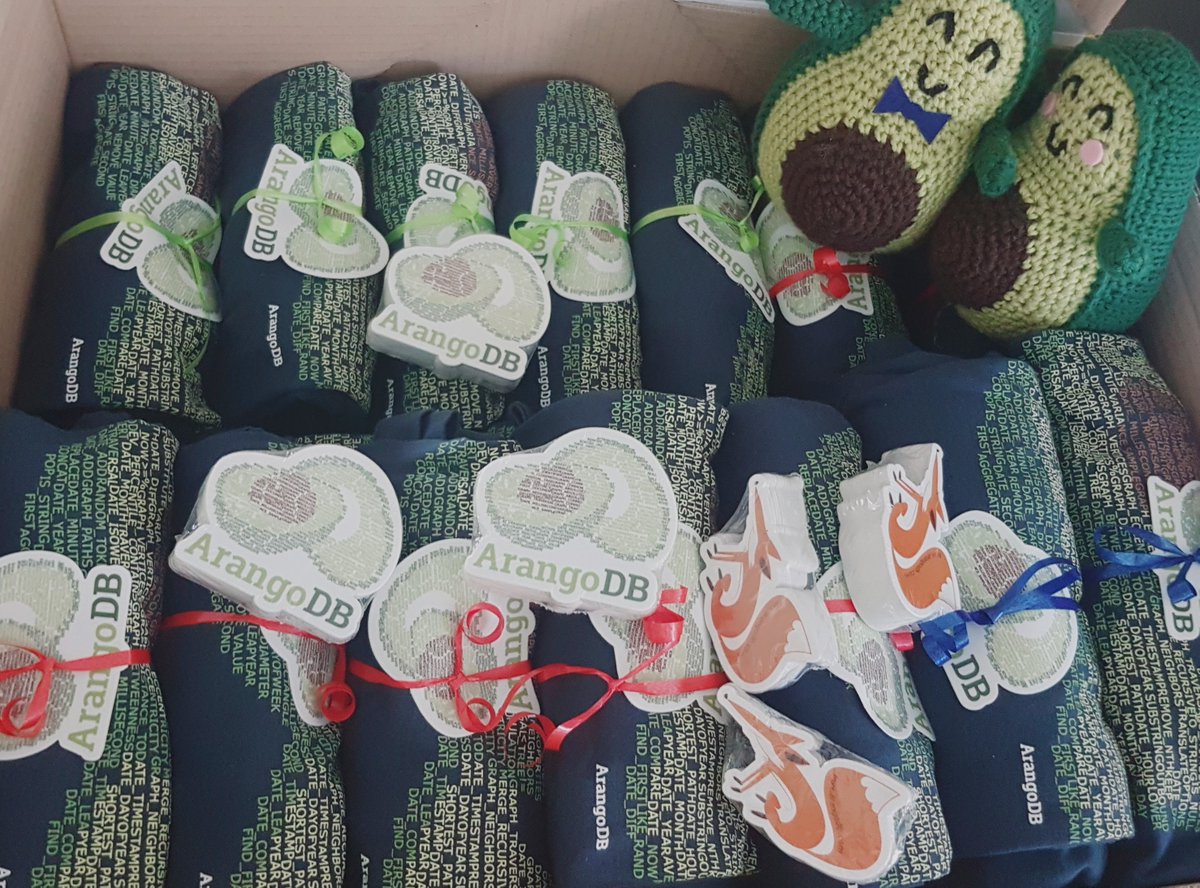

The next part is about filtering and applying conditions in MongoDB queries.
#Arangodb crunchbase how to
How to Create Queries in MongoDB?īy this time, the interviewer would have covered some of the basic questions on databases and collections in MongoDB. Intermediate MongoDB Interview Questions 1. Read More: Phone Screen Interview vs Actual Phone Interview: Learn the Differences This is one of the most expected questions in MongoDB interviews, as this is the first and foremost step after you create a database in MongoDB. This way you can demonstrate to the interviewer how you can create a collection in MongoDB.

Syntax: db.createCollection(name, options) When you create a collection before you insert the data, you can have the flexibility to set it while creating a collection. Method 2: Create options before inserting the documents This document will again contain field names and values.įor example, in the below simple example of a JSON document, the site is a “field” and arc.dev is a “value”. What Is a Document in MongoDB?Ī document is like a unit where you can store your MongoDB data (JSON-styled). Read More: How to Write a Great Thank-You Email After an Interview 3. If you need more detailed information, you can check out the differences between the four types of NoSQL databases. Examples of graph databases include: ArangoDB, Amazon Neptune, Neo4j, and Stardog. Graph databases – Graph databases are mostly used to find connections between data elements.Examples of columnar databases include: Apache Cassandra and Apache HBase. Column-oriented databases – These are NoSQL databases which store data in columns, and they are widely used to manage data warehouses, business intelligence, CRMs, library card catalogs, etc.Examples of key-value databases include: Apache Ignite, Riak, and Amazon’s DynamoDB. Key-Value (KV) stores – The simplest database type, a key-value database stores data in pairs (attributes, or “keys,” and “values”).Examples of document databases include: Amazon SimpleDB, Apache CouchDB, MongoDB, and Couchbase Server. Document databases – Stores data in documents (XML, JSON, YAML, BSON, etc.).For example, some of the other NoSQL databases are listed below: It is good if you can also provide examples or scenarios of when you can use the other types of NoSQL databases. You should be aware of other NoSQL databases apart from MongoDB and when to use them. What Are Other Types of NoSQL Databases?Īn interviewer would expect that you know why you want to use a NoSQL database, what is the purpose of using it, and so forth. Uses concepts like referential integrity and foreign keysĢ. MongoDB does not support the XML data format Written in C, C++, Go, JavaScript, and Python languages The database model used is the document store To best answer this question you can refer to the below table which provides some of the head-to-head differences between MongoDB and SQL Server: SQL Server Interviewers ask this question to test your fundamental understanding of SQL database’s common characteristics before asking questions on NoSQL databases. As opposed to tables and row format, they store data in JSON-like documents. However, MongoDB is also open-source and its design principles vary they are styled as a non-relational (NoSQL) system. When users need this data, they must construct an SQL query that joins multiple tables together to fetch the result.

SQL Server is an open-source RDBMS where you store data in tables and rows and query using a structured query language (SQL).


 0 kommentar(er)
0 kommentar(er)
